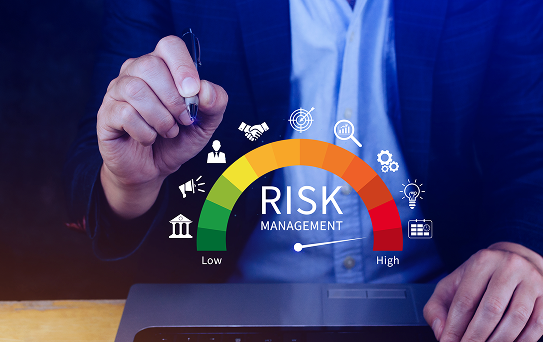SAP GRC (Governance, Risk, and Compliance) Access Control is a comprehensive solution designed to manage and mitigate risks related to user access within an organization's SAP environment. This course will provide participants with an in-depth understanding of SAP GRC Access Control, focusing on its key features, functionalities, and best practices for effective implementation and management. By the end of the course, participants will be equipped with the knowledge and skills needed to ensure robust access governance, improve security, and maintain compliance with regulatory requirements.

Key Learning Objectives
- Understand the core concepts and importance of SAP GRC Access Control.
- Describe the system architecture and setup of SAP GRC Access Control.
- Identify and manage access risks using risk analysis and mitigation strategies.
- Configure and manage user provisioning and role-based access control.
- Design and maintain effective roles and responsibilities within the SAP environment.
- Implement and monitor emergency access procedures.
- Conduct periodic access reviews to ensure ongoing compliance.
- Utilize the Business Rule Framework (BRFplus) for defining and managing business rules.
- Generate and analyze access risk reports for continuous compliance monitoring.
- Customize and integrate SAP GRC Access Control with other SAP solutions.
- Apply best practices and learn from real-world case studies for successful implementation.
Target Audience
GRC Consultants, Compliance Managers, Internal Auditors, SAP Security Professionals seeking to specialize in GRC.
Course Format
Self-paced online modules with practical exercises and case studies.
Course Duration
Approximately 40 hours of study time.














